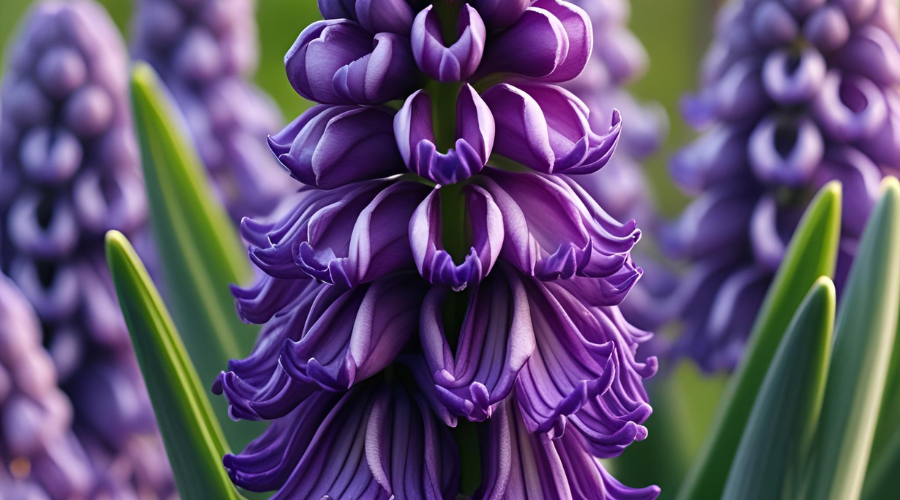
Grape Hyacinth
Japanese Name
むすかり
musukari
Description
- Muscari, commonly known as grape hyacinth, is a small bulbous flowering plant.
- It produces dense clusters of tiny, bell-shaped flowers that resemble grapes.
- The flowers are usually deep blue or purple, sometimes white or pale blue.
- Muscari blooms in early spring, brightening gardens with its vibrant color.
- These plants grow from bulbs and prefer well-drained soil and sunny spots.
- They are easy to cultivate and often used in borders, rock gardens, and containers.
- Grape hyacinths attract pollinators like bees and butterflies.
- Their compact size and early bloom make them popular in spring floral displays.
History
- Muscari species are native to the Mediterranean region and parts of Asia.
- They have been cultivated in gardens for centuries due to their charming flowers.
- The name "muscari" comes from the Greek word “moschos,” meaning musk, referring to their scent.
- Muscari became popular in Europe during the 16th and 17th centuries.
- Gardeners bred various hybrids to enhance color and flower size.
- The plants are hardy and have naturalized in many temperate climates.
- Muscari symbolizes rebirth and the arrival of spring in floral language.
- Today, they remain a favorite among gardeners worldwide for early-season color.
Learn more Japanese words?
Play our free typing game and master Hiragana & Vocabulary in a Zen atmosphere. 🍵
🎮 Play Game